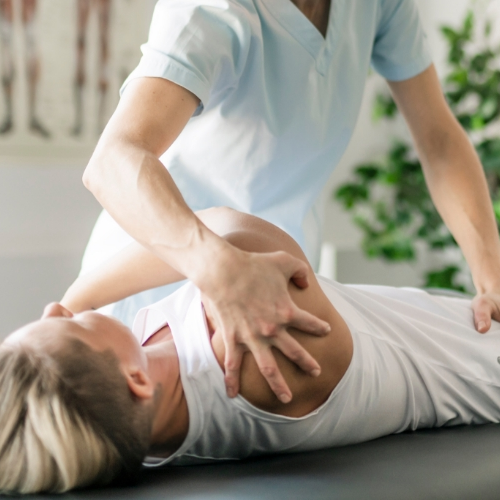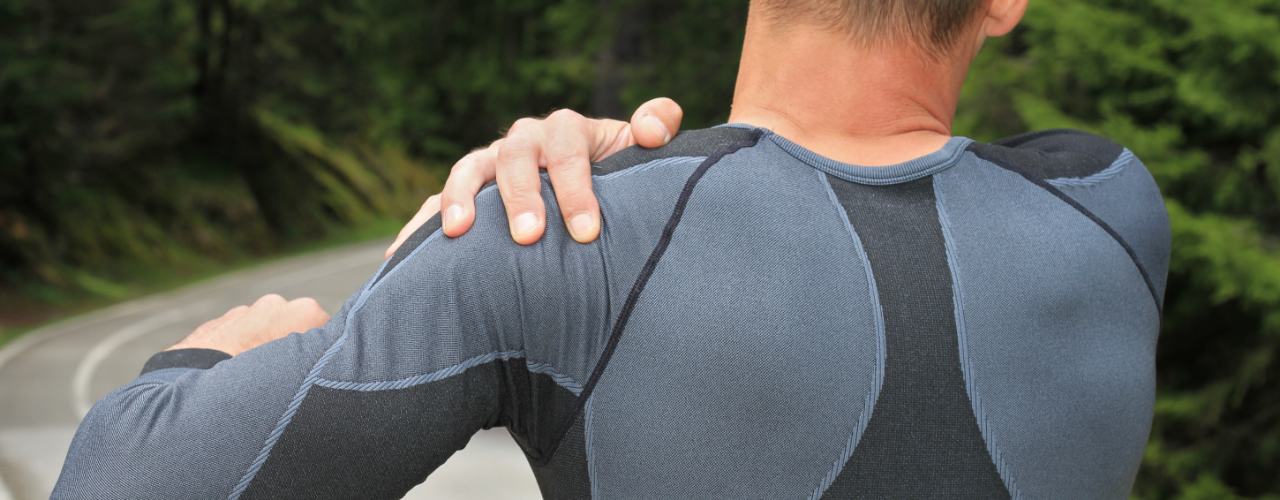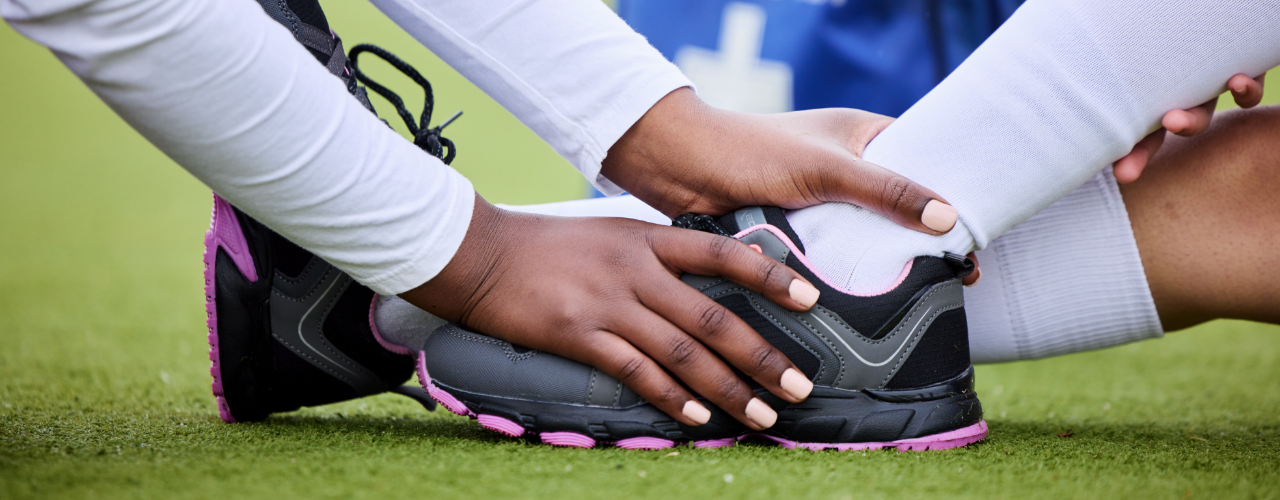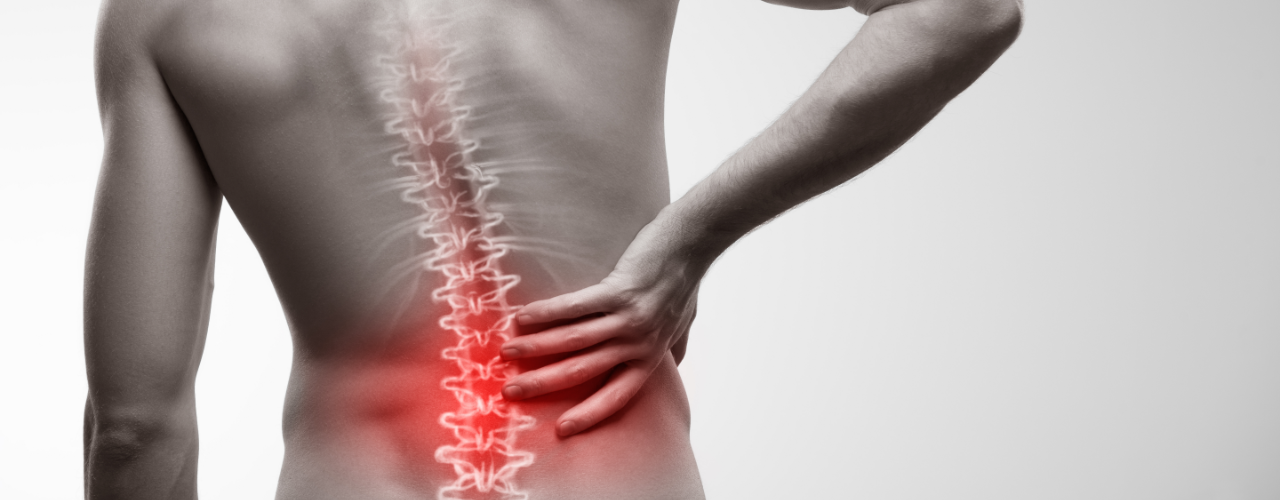
Shoulder Pain Relief Is Closer Than It Seems!
Shoulder pain is a common complaint among adults in Garland, often leading to significant discomfort and disruption in day-to-day activities. Understanding the underlying causes of this pain can be crucial in addressing it effectively.
The shoulder, a sophisticated ball and socket joint, is the most mobile in the body, making it vulnerable to various injuries and conditions. Some common causes of shoulder pain include rotator cuff injuries, frozen shoulders, osteoarthritis, dislocation, and fractures. More systemic conditions like heart or gallbladder disease can manifest as shoulder pain.
Recognizing the symptoms of shoulder pain can empower you to seek timely and appropriate treatment. Common signs and symptoms associated with shoulder conditions include:
- Persistent pain that lasts beyond a few days
- Inability to carry objects or use the arm
- Joint pain that intensifies during the night or while resting
- Swelling or significant bruising around the joint or arm
- Signs of an infection, including fever, redness, and warmth
Physical therapy at our clinic in Garland offers a comprehensive approach to treating shoulder pain and can significantly improve shoulder mobility and function.
Understanding your shoulder pain is the first step in your journey to recovery. Armed with this knowledge, you can make informed decisions about your health and work collaboratively with your physical therapist to create a personalized treatment plan.
Ready to reclaim your active lifestyle? Reach out to us today to schedule your first physical therapy session!

Why Does My Shoulder Hurt?
Your shoulder, an intricate and robust structure, is designed to facilitate a remarkable range of movements. However, this complexity can also make it susceptible to various pain-related problems. Shoulder pain can be a disturbing sensation, influencing your physical comfort and your ability to perform everyday activities.
Shoulder pain is typically a symptom of damage to your shoulder joint, the muscles, or tendons surrounding it. This damage can result from injury, strain, or underlying health conditions. Shoulder pain can arise from various sources, with causes ranging from simple overuse to more complex systemic diseases.
Some common conditions that cause shoulder pain include:
Rotator Cuff Injuries
The rotator cuff is a group of muscles and tendons that secure the position of your shoulder joint. Any tear or strain in these components can cause significant pain and weakness in your shoulder.
Impingement
Shoulder impingement describes a condition where a rotator cuff tendon(s) is pinched as they pass between the top of the upper arm (humerus) and the tip of the shoulder blade (acromion).
Tendonopathy
Tendonopathy describes any problem with a tendon, including disease, injury, or disorder. Tendinitis is inflammation of the tendons in the shoulder, including the rotator cuff and biceps tendons. When tendons become injured or inflamed, any movement can cause pain or feel weak, especially when you raise your arm to the side or overhead.
A common joint disorder, osteoarthritis involves the degradation of cartilage that protects the ends of your bones, leading to pain and stiffness in the shoulder joint.
Frozen Shoulder
Medically known as adhesive capsulitis, this condition involves the gradual stiffening of the shoulder joint, causing pain and limiting movement.
Shoulder pain shouldn’t dictate the course of your life. Take a step towards a pain-free life. Contact us today if you are in Garland or !
Our Clients Get Great Results!

Shoulder Pain Relief With Physical Therapy in Garland, TX
Our expert therapists at Physioback Physical Therapy offer a personalized pathway to ease shoulder discomfort, improve mobility, and enhance your quality of life. We’ll start with a thorough evaluation conducted by our skilled therapists. This assessment is designed to help us understand your unique situation and tailor a recovery plan to fit your needs.
It starts with an in-depth review of your medical history to gather all the relevant information about your past and present health conditions, any previous injuries, and lifestyle factors. This understanding lays a solid foundation for designing an effective treatment plan that directly targets the cause of your shoulder pain.
The next stage involves a hands-on assessment of your shoulder, identifying any areas of tension and restriction. We’ll perform a range of motion and strength test to identify any limitations or weaknesses contributing to your condition.
At Physioback Physical Therapy, we use treatment methods for the shoulder, including the following:
- Manual Therapy: These techniques involve manipulating joints and muscles to improve mobility and alleviate pain. We may also include stretching tight muscles and freeing restrictions in the soft tissues around the shoulder.
- Therapeutic Exercises: These exercises are tailored to improve the shoulder and shoulder blade muscles’ strength, mobility, and endurance. These exercises help relieve pain, prevent future shoulder issues, and improve overall function.
- Posture: Posture education is another crucial component of our treatment plan. By teaching you the optimal postures for various daily activities, we help minimize stress on your shoulder and prevent future discomfort.
Our team focuses on improving your overall function, enabling you to return to the activities you love without pain. Our expert therapists are ready to guide you through this process, helping you regain strength, mobility, and the joy of living without shoulder pain.
Call us today at (469) 573-3469 to experience the transformative power of physical therapy in Garland!
Your Next Steps…
Request An Appointment
Receive A Custom Treatment Plan
Work Hard and Progress In Your Recovery
Recover & Enjoy Life Pain-Free!





